How to grow raspberries
Add these delicious and easy to grow raspberries to your pantry for a summer (and winter!) full of healthy snacks and natural goodness.

Packed with vitamins and antioxidants, raspberries are a staple for the British summer time. Say goodbye to pricey supermarket punnets and learn how to grow your own raspberries at home:
- There are two varieties of raspberry: summer-fruiting and autumn-fruiting
- Plant in fertile, well-drained soil, either in pots or in a sunny garden
- They’ll tolerate a bit of shade, but fruit best when kept in the sunshine
- Keep them watered well, especially during hot weather
- Pick your fruit often and prune after their fruiting season
When to plant raspberries
There are two varieties of raspberries, summer-fruiting which fruit between June and early August, and autumn-fruiting which fruit between August and October. A combination of the two will keep you stocked up with fresh fruit for the summer and beyond.
Plant your raspberry canes outside, directly in the ground or in pots, between November and March. If you’re growing them indoors, then you can plant your canes at any point during the year. You can follow this guidance for both your autumn-fruiting and summer-fruiting raspberry canes.
They’re perennial plants, meaning they’ll regrow each year with the right pruning. But the branches that bear fruit only live for two summers, so it’s important to rid your plant of dead canes after fruiting.
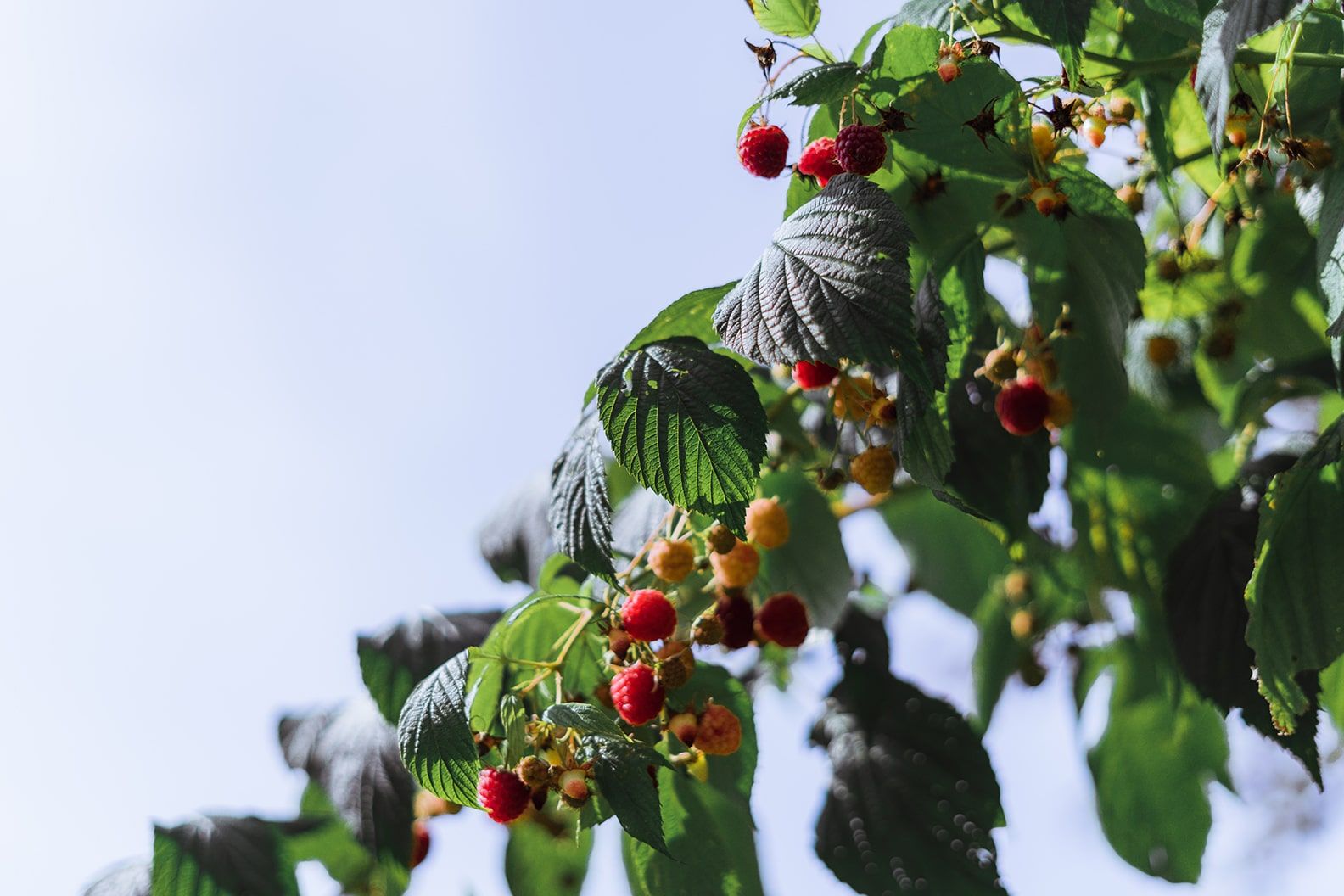
How to plant raspberries
Raspberry plants are happy to grow in lots of different places. From fertile soil, to grow bags and pots, these versatile berries are the ideal addition to any balcony, patio or window sill.
When it comes to planting your raspberry plants, it’s nice and easy. Begin by making sure your soil is loose and free from any weeds. Make a shallow hole and pop in your plant – the roots should be just below the surface. Then you can cover the roots with soil until the plant is firmly in place. It’s good to leave plenty of space around your plants.
Summer-bearing raspberries will need something to climb up – a simple bamboo structure will do.
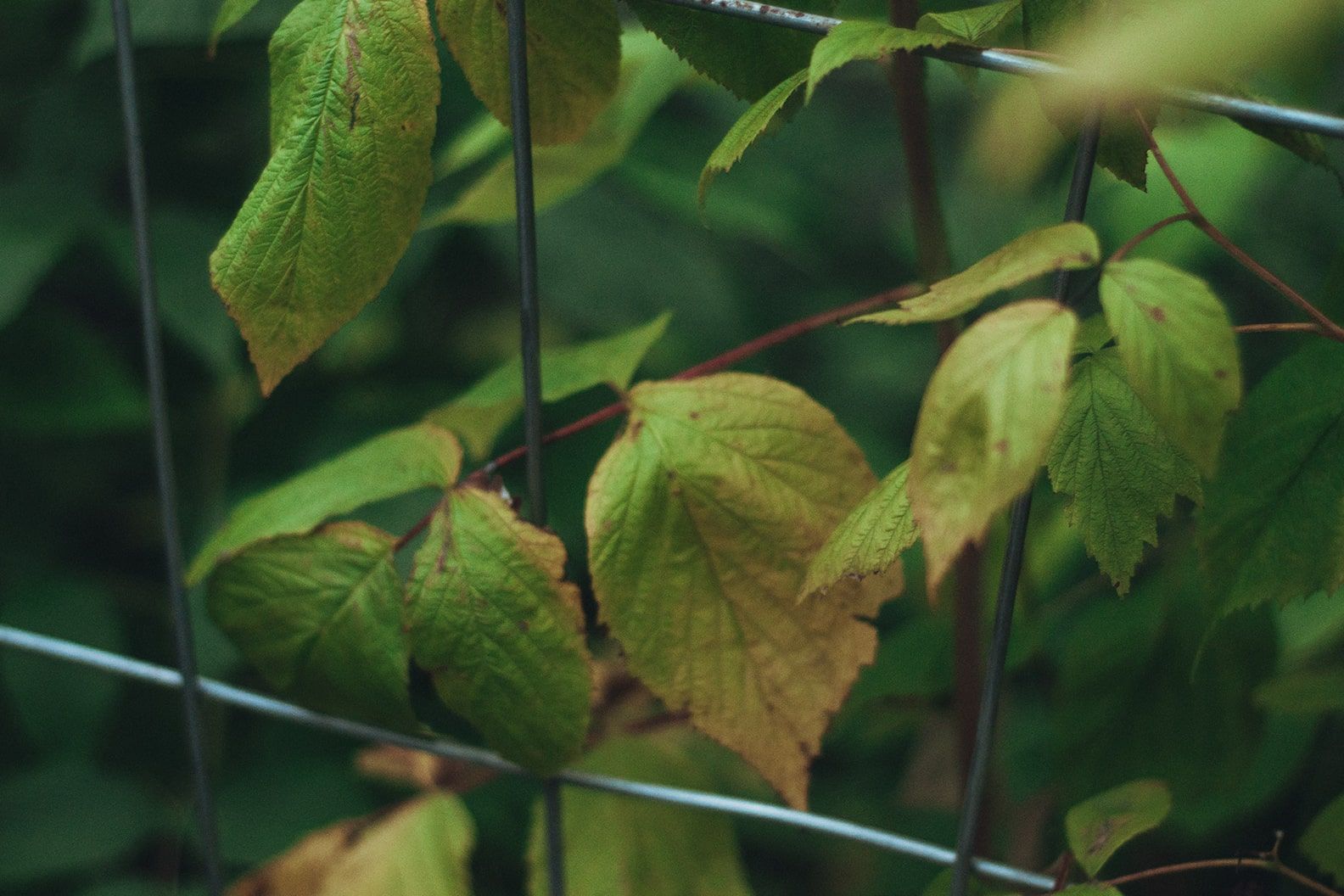
How to care for raspberries
As with most plants, raspberries like to be well-watered and well-fed. Water yours frequently, especially during dry periods, and give your soil with a monthly dose of general-purpose fertiliser during the growing season.
Raspberry plants will tolerate a bit of shade, but you’ll get a better harvest if they’re in a sunny spot. For indoor plants, place them near a window that receives around six hours of sunlight each day. This will keep them healthy and fruit-bearing.
Pruning your raspberries
Prune your summer-fruiting plant after their last fruit of the season. Cut the dark brown (fruit bearing) canes to the ground – don’t worry, they’ll grow back next year. For autumn-fruiting raspberries, it’s even easier. Simply cut all canes back to the ground in February.
Dealing with pests and problems
Growing fruit outside means you’ll likely be in competition with other hungry beings. Here are a few of the most common problems you might encounter:
- Birds, snails, and slugs – Cover your raspberry plants with netting and lay down some saw dust if you have it handy. Together these will deter even the greediest of pests.
- Raspberry beetle – Appearing as a dry patch at the top of the berry, this is mainly a problem with summer-fruiting raspberries. Chuck any spoiled fruit and consider using a raspberry-beetle trap.
- Grey mould – A thick layer of mould can grow on your raspberries if your plant becomes too wet. Try to avoid getting water on the berries when watering your plant.
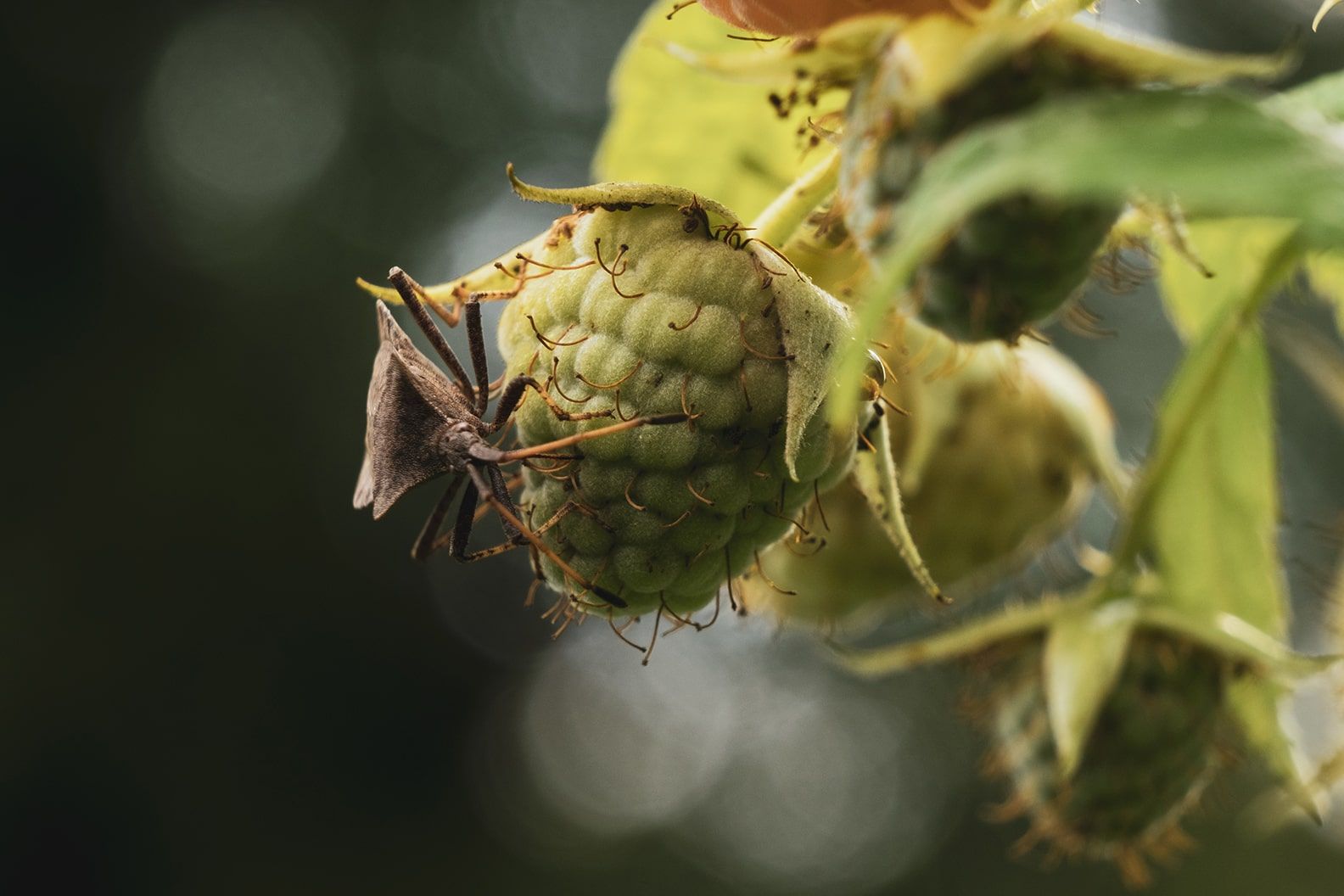
How to harvest raspberries
When your berries are richly coloured, juicy and can be gently plucked from the plant, it’s time to get picking. Harvest regularly, but be careful – the berries are easily crushed, and their juice can be a tricky stain to remove.
Make sure you refrigerate your raspberries and use them within a few days of picking. If you can’t decide what to do with your raspberries, spread them over a dish to freeze and then transfer into a box or bag. Try to use your frozen raspberries within a few months.
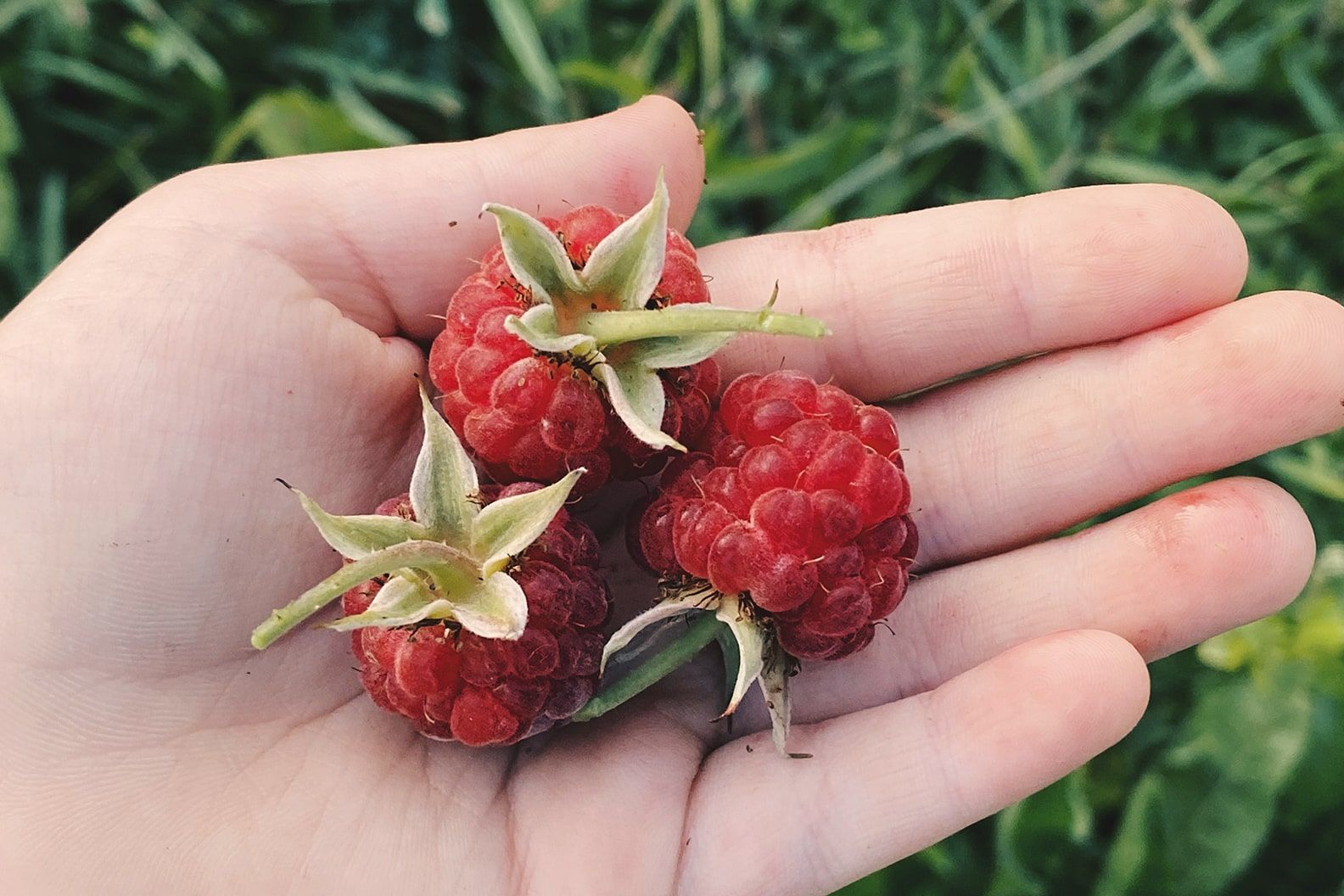
How to use raspberries
During the hot weather, blend your raspberries into forest-fruit smoothies. Or add a touch of rum to create a refreshing Raspberry Daiquiri. In the absence of the sunshine, bake your berries into a raspberry crumble.
Rewild your inbox
Plant tips. Special offers. No spam.
You might like

How to grow tomatoes
It’s a tasty business
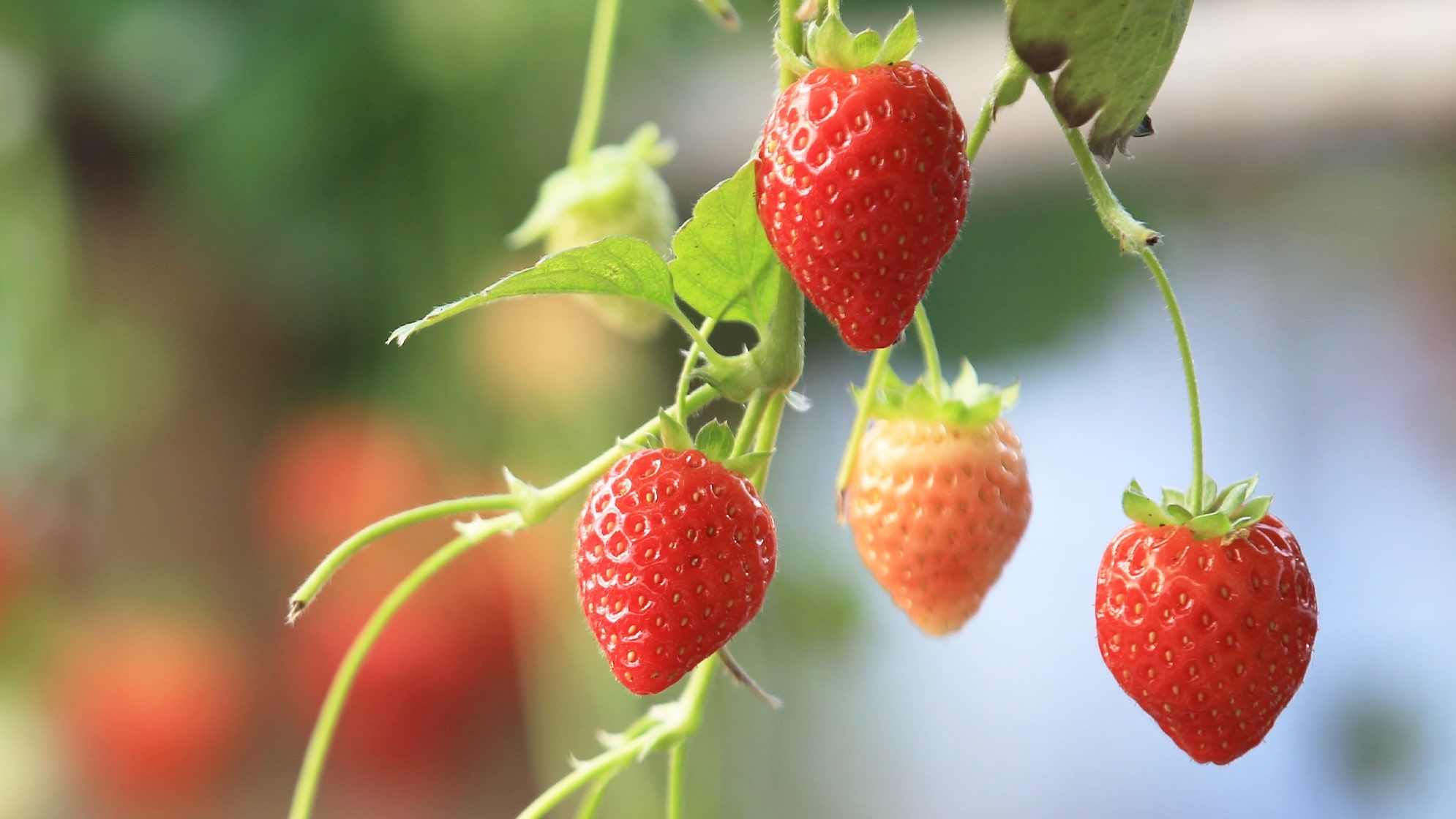
How to grow strawberries
Get into the summer spirit and grow your own strawberries.

How to grow courgettes
Grow your own courgettes for a colossal crop of tasty veg.
